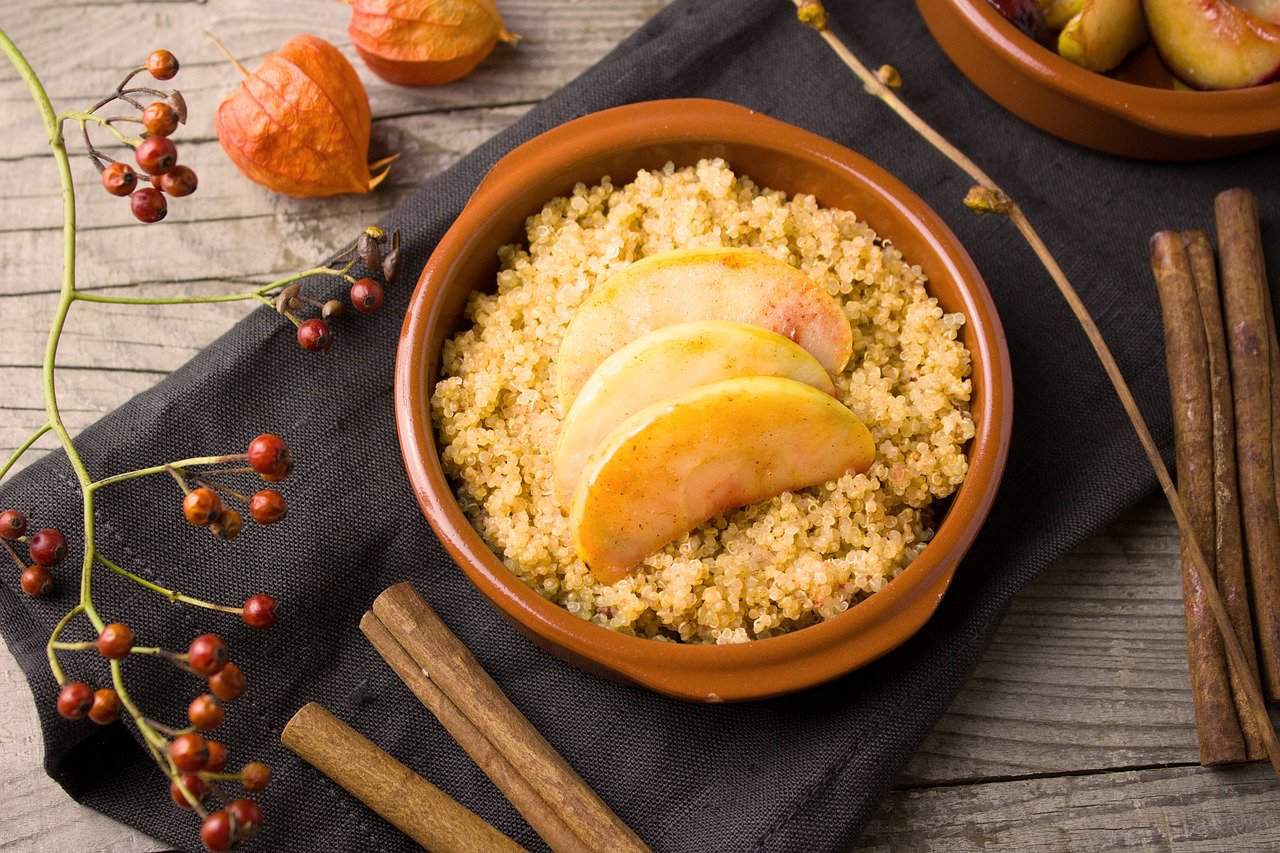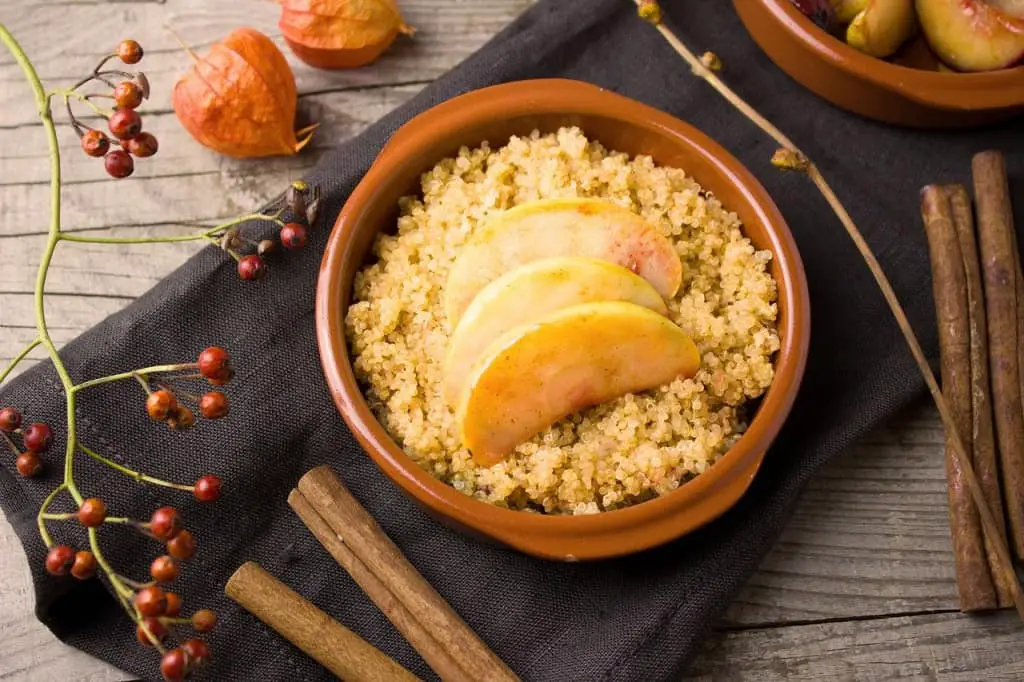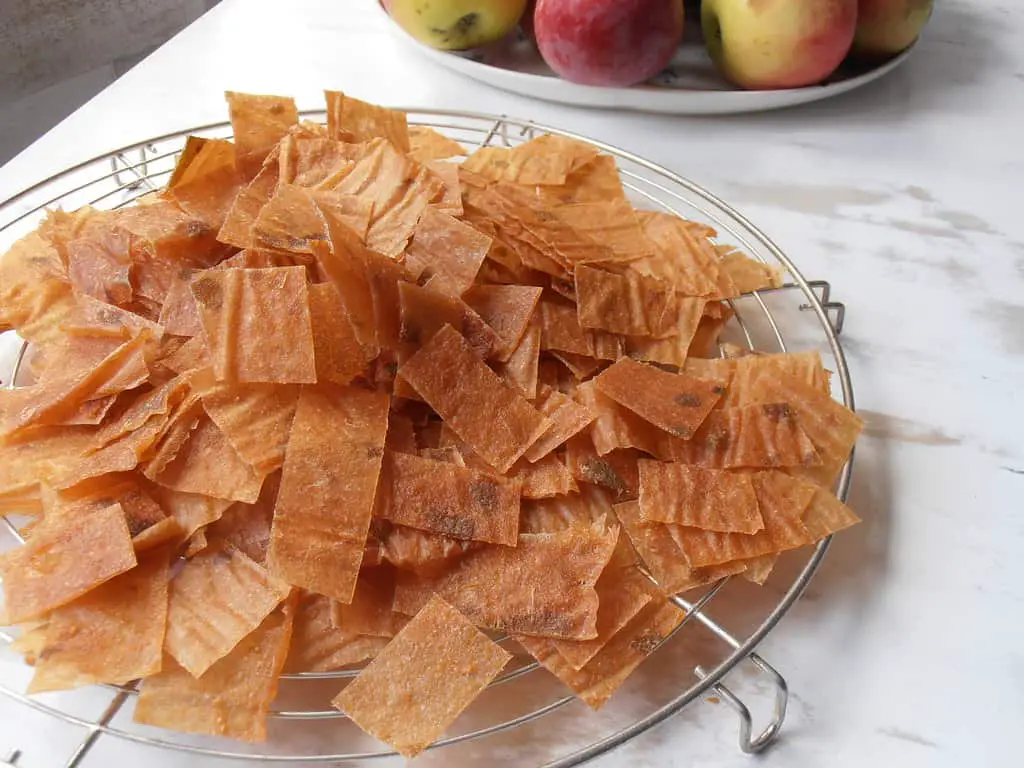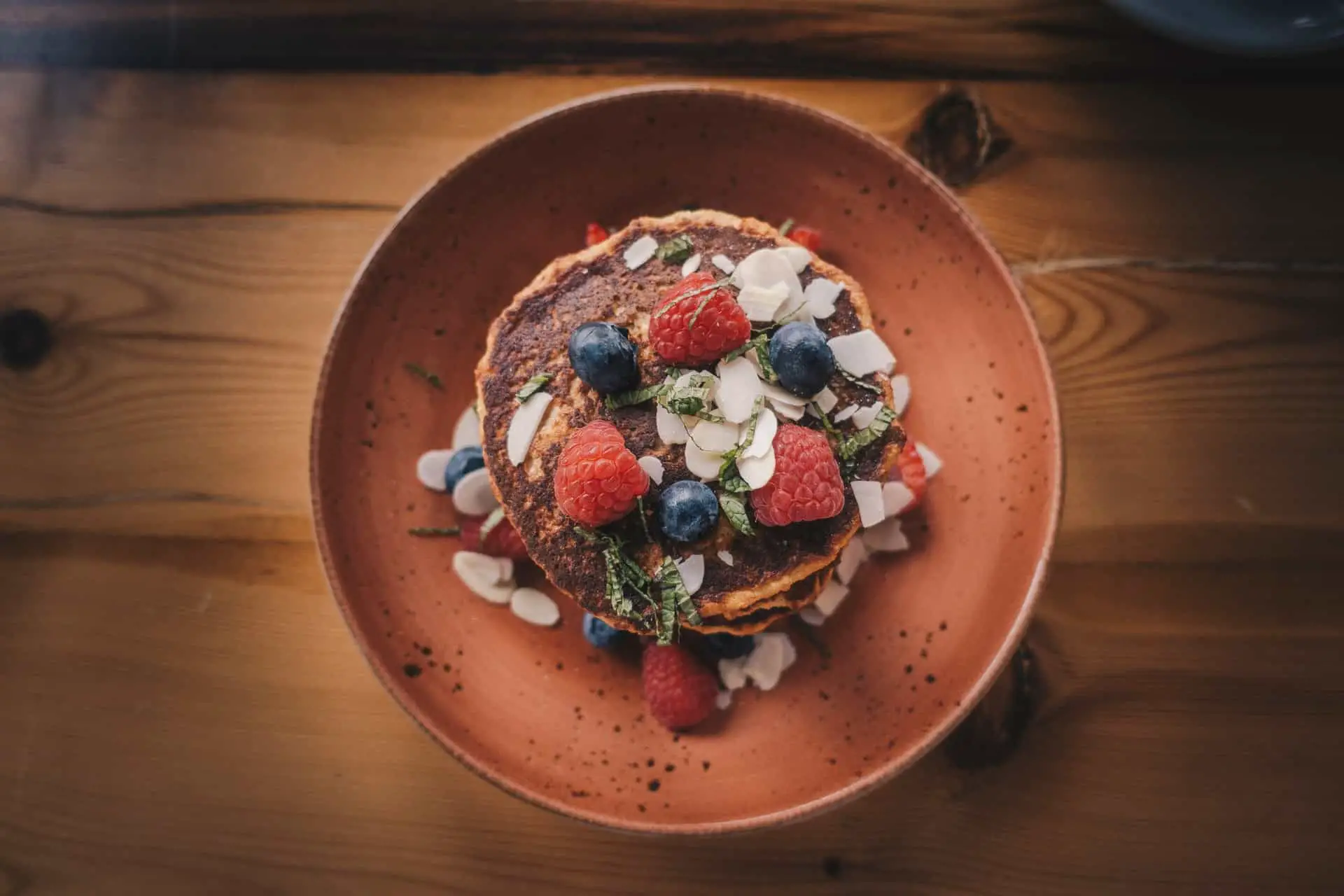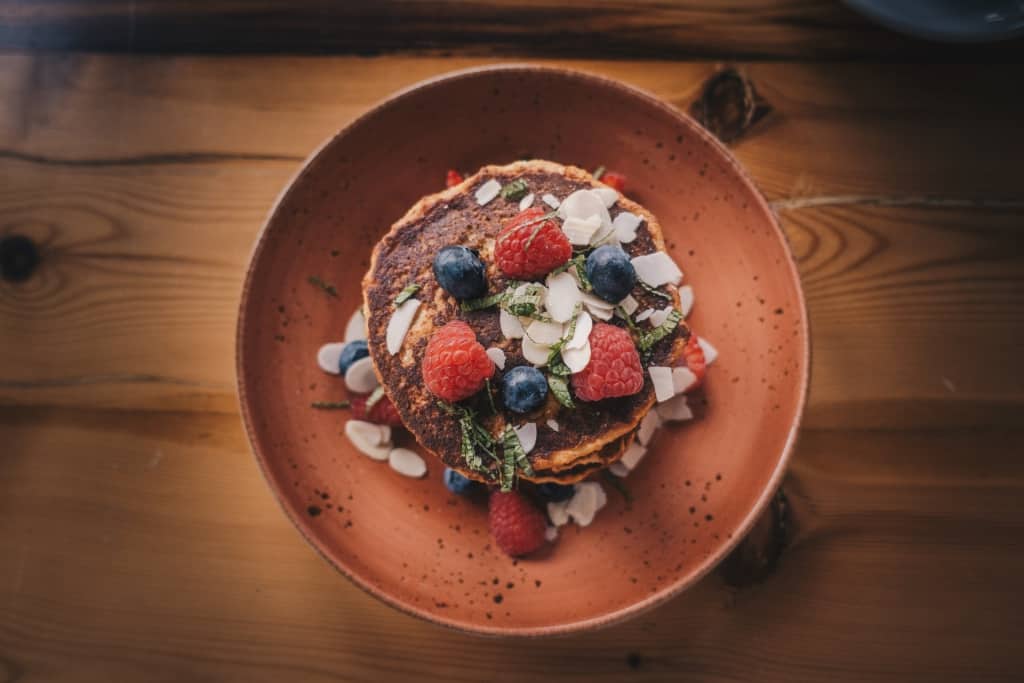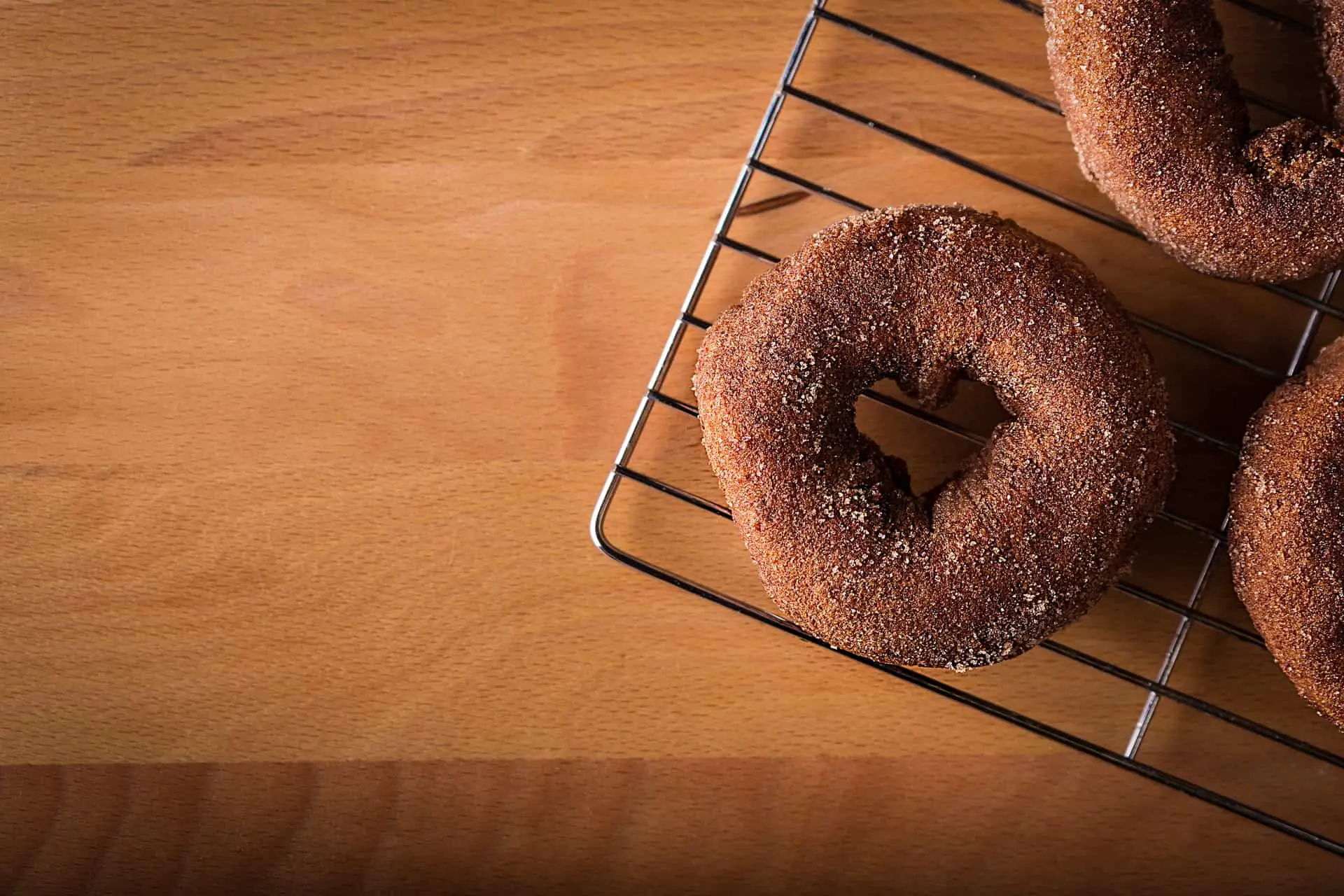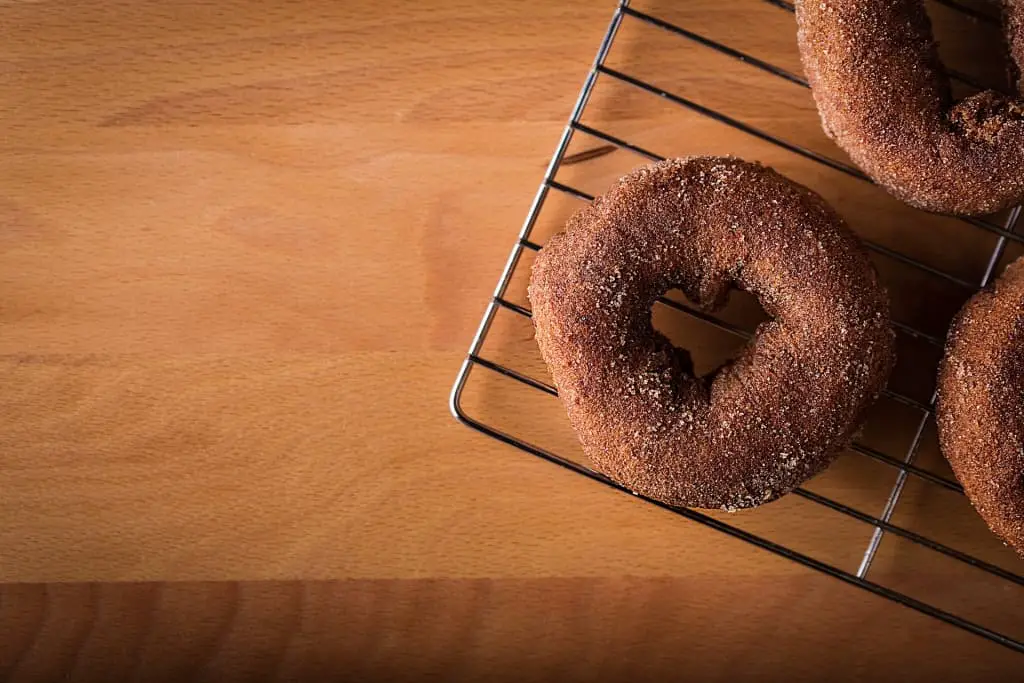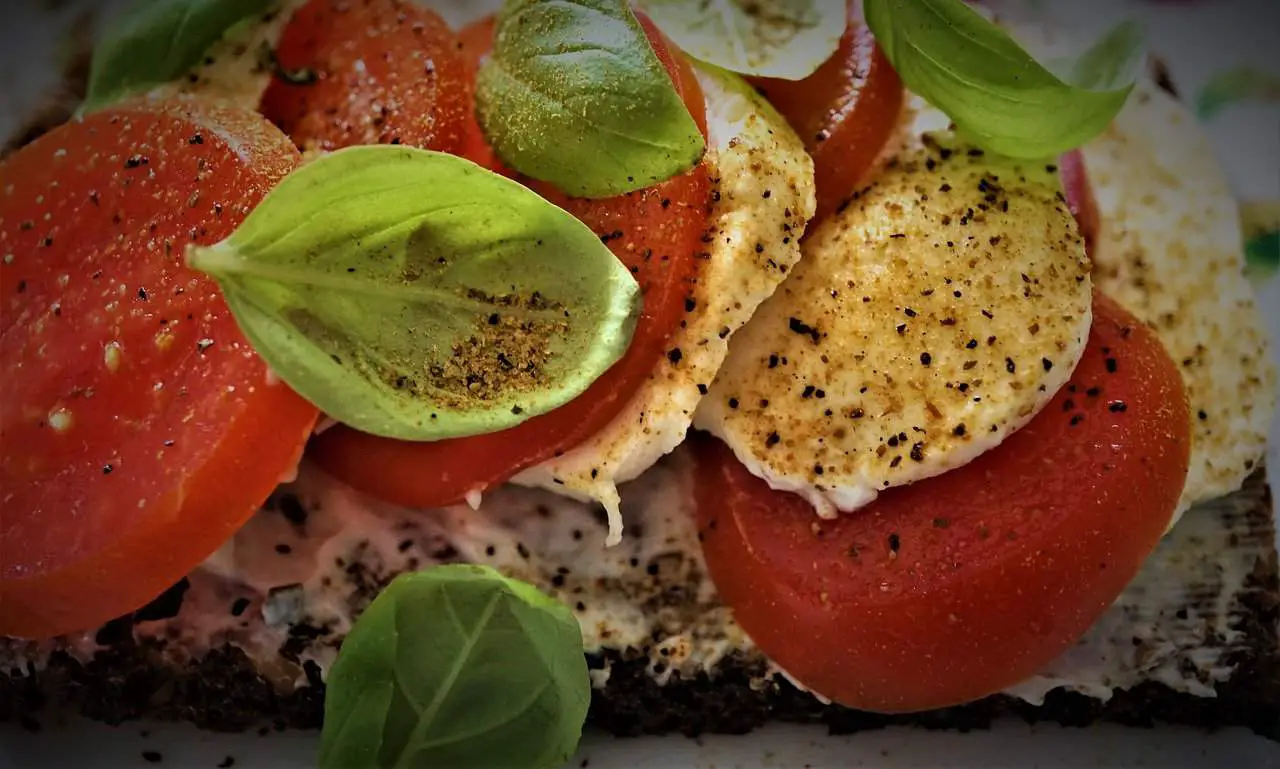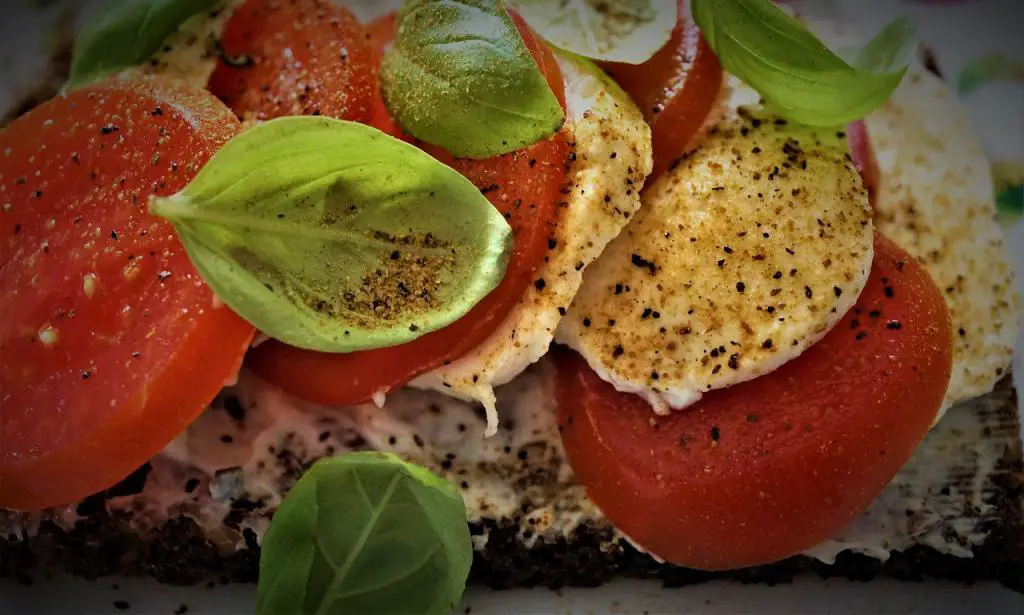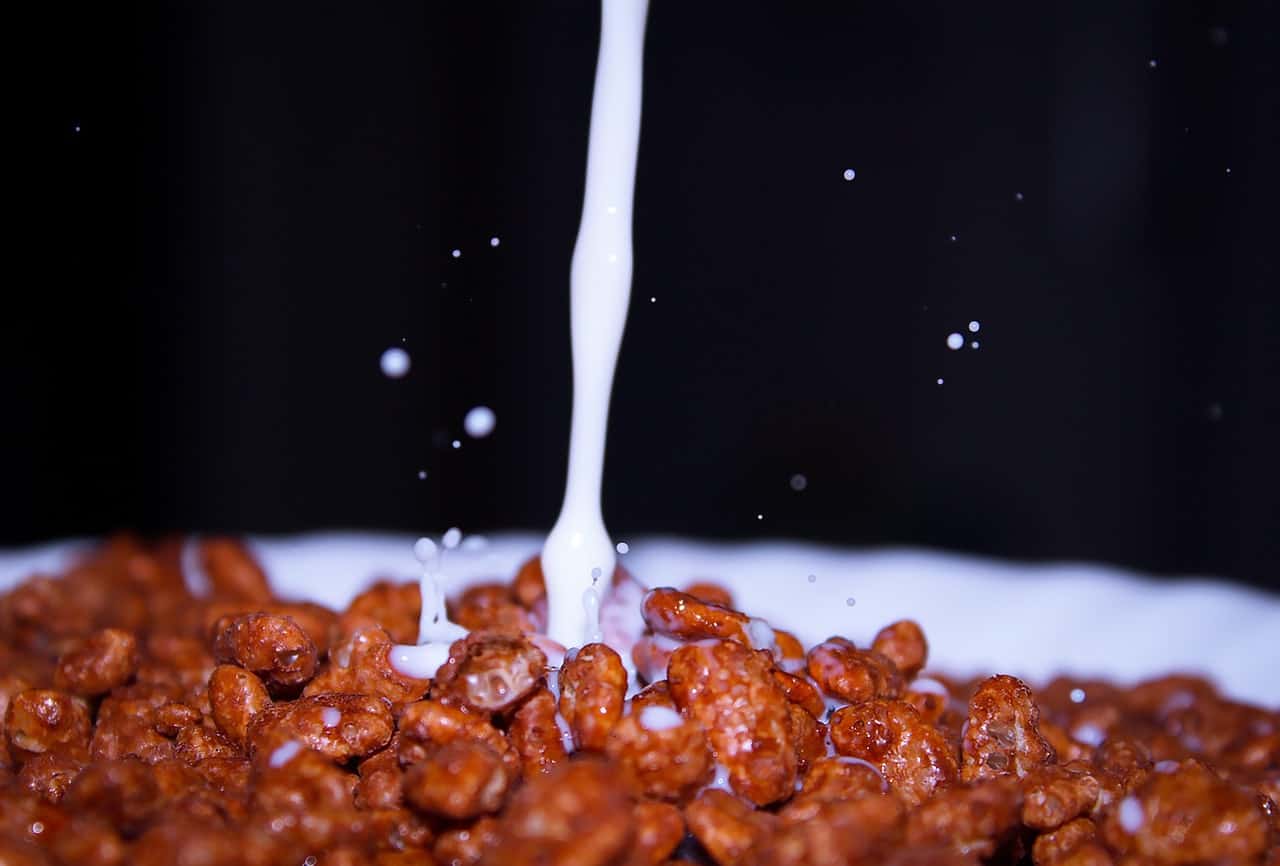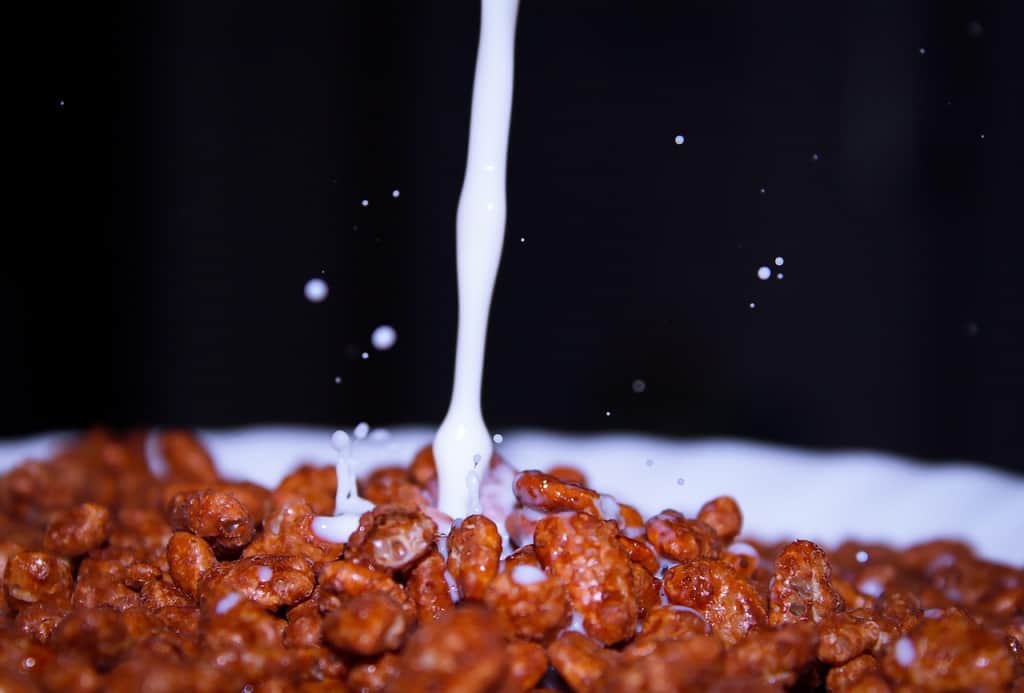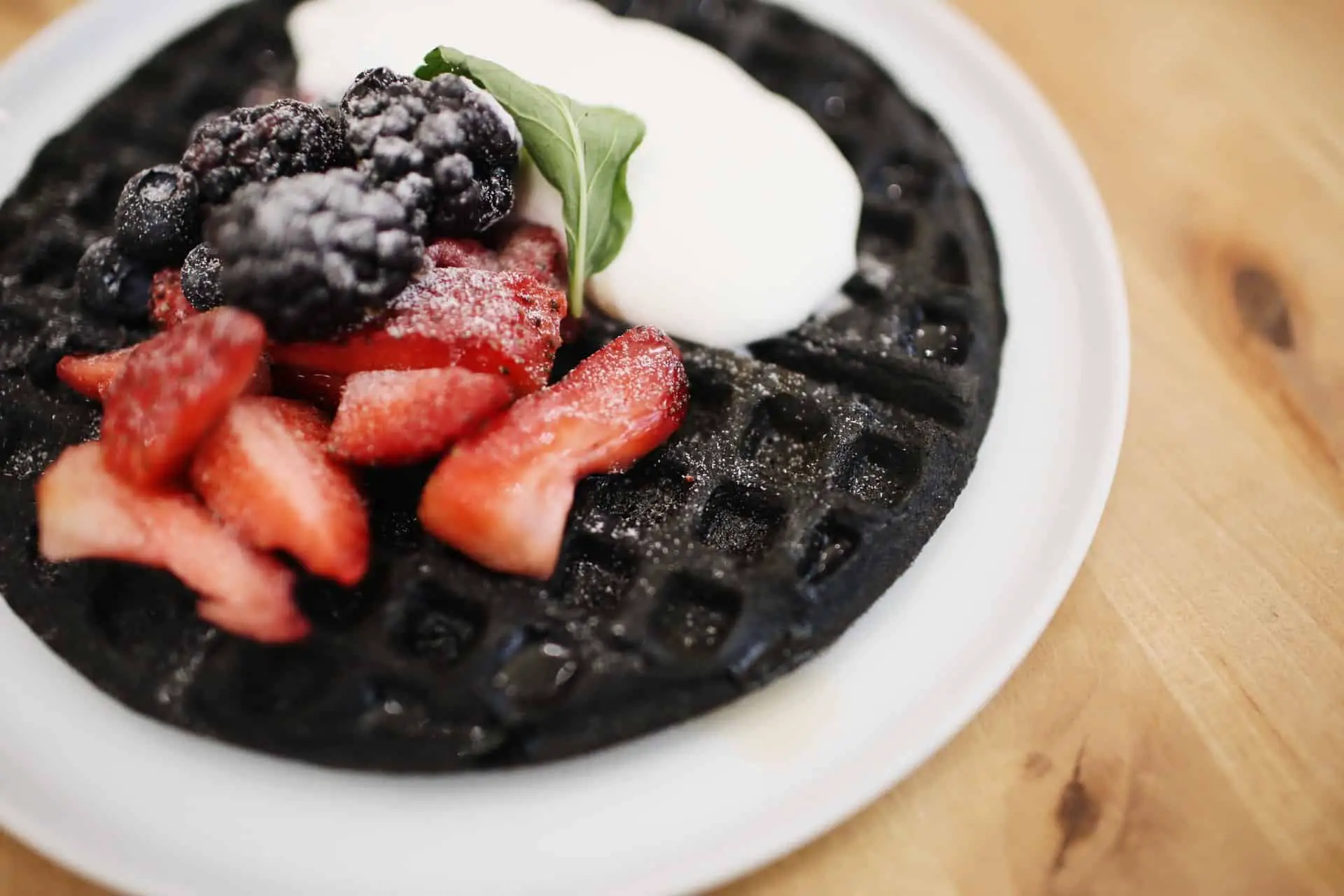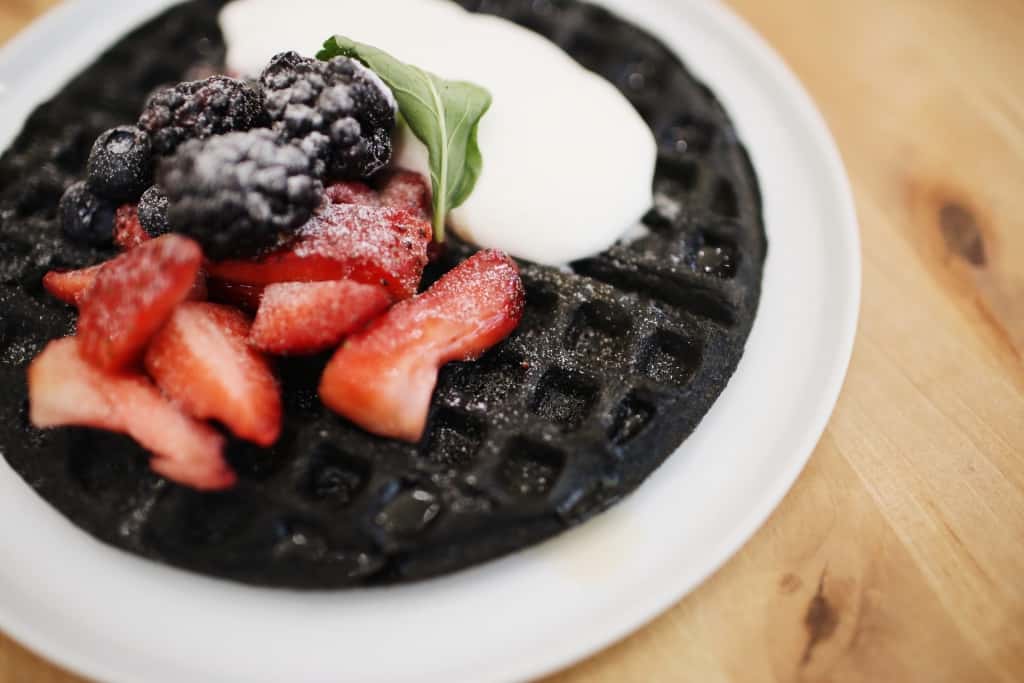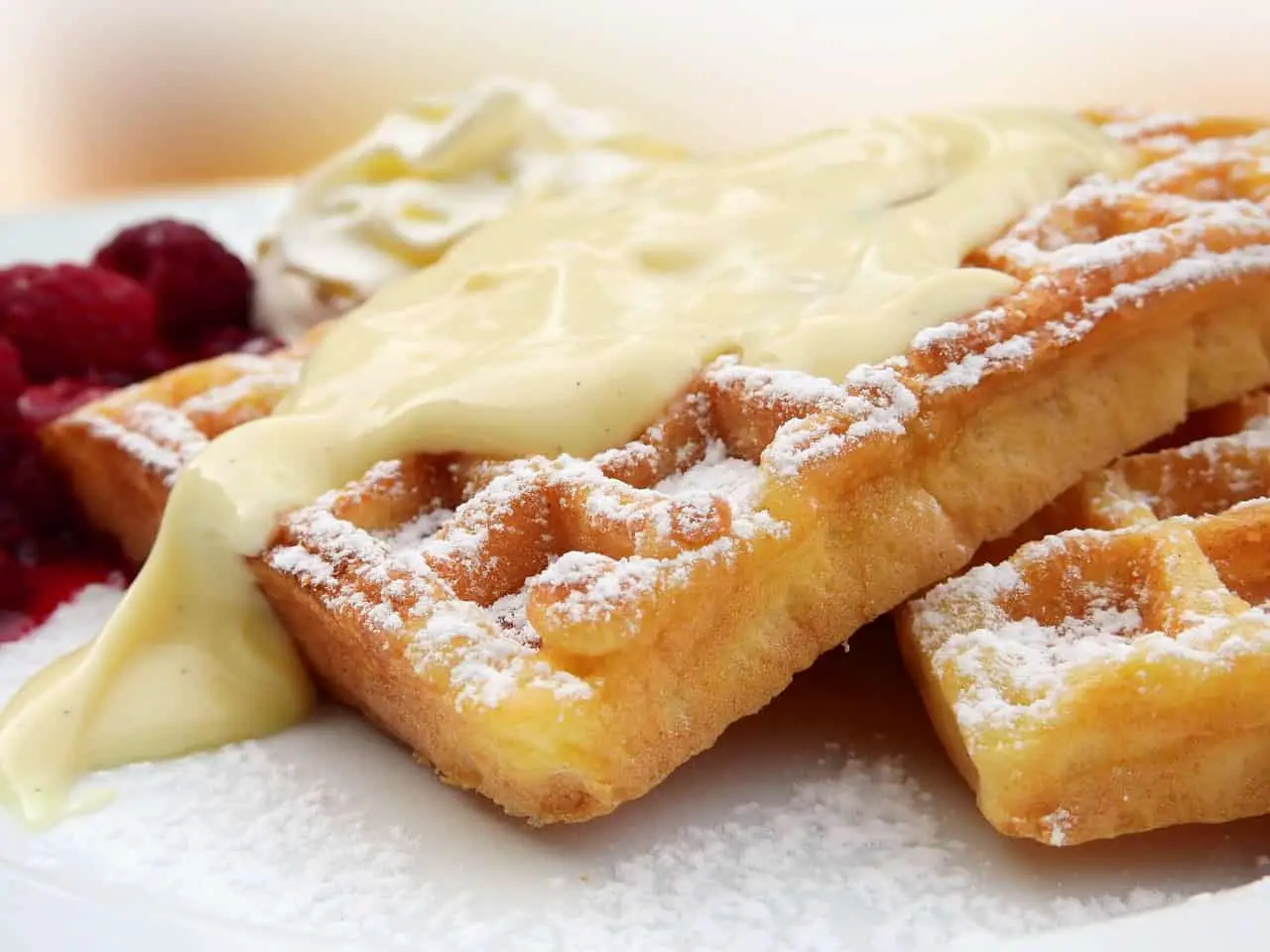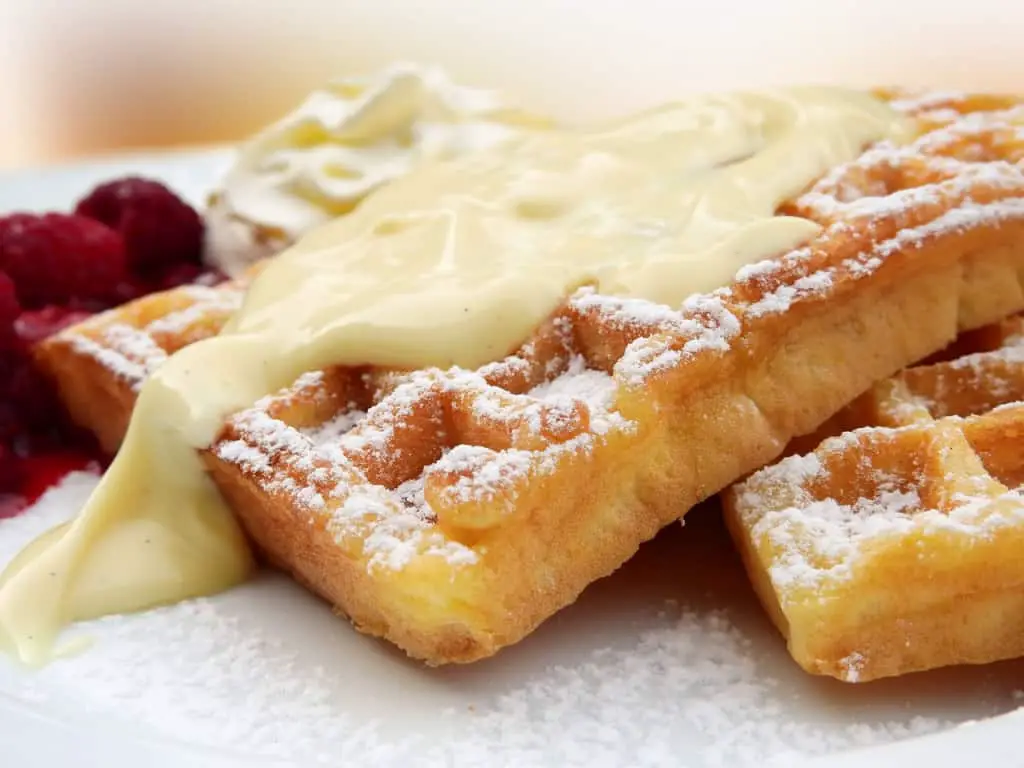As an Amazon Associate I earn from qualifying purchases.
“a delicious bowl of health and energy”
We’ve already talked about chia seed puddings and how delicious they can be – an abundance of flavors that can suit every taste. However, there’s another nutrient-dense superfood that can make some yummy, yet incredibly healthy pudding. Let me introduce you to quinoa – the superfood that goes so well with caramelized apple slices, maple syrup, and cinnamon.
Did you know that quinoa is gluten-free? Yep, which means you can easily satisfy your sweet cravings even if you’re on a gluten-free diet. Plus, quinoa is considered a superfood because it’s an amazing source of antioxidants and minerals – even more than grains – but they’re packed in significantly fewer calories. A sweet maple syrup cinnamon breakfast pudding that aids weight-loss? – Sign me up!
Best of all, quinoa actually tastes good. If I had to describe the taste, I would say that quinoa is somewhere between brown rice and oatmeal. Its texture is airy and, fluffy, with just a hint of crunch. Combined with maple syrup and cinnamon, the pudding tastes sweet, with a delicate fruity hazelnut flavor.
This quinoa pudding is a great breakfast meal since it will take you less than 30 minutes to make. Plus, you’ll have four servings, meaning the whole family can eat! Isn’t that wonderful? A healthy, quick, and easy-to-follow recipe that will help you start your day with a lot of energy!
To make this recipe, aside from the ingredients listed below, you’ll need two saucepans and four serving bowls.
Start by placing a saucepan over medium heat. After a minute or two, add the milk, brown sugar, vanilla extract, maple syrup, and cinnamon and stir well. Let the mixture boil and once it starts bubbling fold in the quinoa. Stir for a minute or two, then lower the heat and let the quinoa simmer. Stir every five minutes.
In the meantime, peel the apple and cut it into eight slices. The easiest way to do this is to cut the apple into quarters, then cut each quarter into two equal slices. The goal is to have eight apple slices because we want to have two slices of apple for each serving bowl.
Take another saucepan and place it over medium to high heat. Once it’s heated, add the butter and let it melt. After this, add the brown sugar, cinnamon, and apple slices. Continue to turn the apple slices in the saucepan until they’re fully covered with the caramel mixture from both sides.
After 10 minutes, remove the apples from the stove, and let them cool at room temperature.
Check the quinoa. As it cooks, the quinoa will thicken and it will absorb the liquid, becoming soft and fluffy. Usually, it takes around 20 to 30 minutes until its fully cooked, but observe it and remove it from heat once you notice that it has absorbed most, but not all, of the liquid in the saucepan. This is because once we let it chill at room temperature, the quinoa will continue to thicken and absorb liquid – we don’t want it completely dry!
Once you remove the quinoa from the stove, divide it into four serving bowls and let it cool for five to ten minutes. After this, place two slices of caramelized apples over each serving bowl and pour a little bit of maple syrup.
And that’s it – you can gather the whole family for a delicious and nutritious breakfast! Don’t worry if you have picky eaters, this recipe is not something they’ll complain about!
| Prep | Cook time | Total | Servings |
| 5 minutes | 30 minutes | 35 minutes | 4 |
Ingredients
- 1 cup of quinoa
- 4 cups of milk
- ¼ cup of brown sugar
- 1 tsp vanilla extract
- 1 tsp cinnamon
- 1 tbsp of maple syrup (plus for topping)
For the caramelized apples:
- 1 sliced apple (granny smith)
- 1 tbsp butter
- 1 ½ tbsp brown sugar
- 1 tsp cinnamon
Instructions
- Take a saucepan and place it over medium heat. Add the milk, brown sugar, vanilla extract, maple syrup, and cinnamon. Stir well. Once the mixture starts bubbling, fold in the quinoa. Reduce the heat then let it simmer while you stir occasionally.
- Peel the apple and slice it into quarters, then each quarter into two equal slices. You’ll have eight slices.
- Take another saucepan and place it over medium to high heat. Melt the butter, then add the brown sugar, cinnamon, and apple slices. Toss and turn the apples for around 10 minutes until they’re well covered with the mixture on both sides, then remove from heat.
- Once the quinoa has absorbed most, but not all, of the liquid (it’ll take around 20-30 minutes) and has thickened, remove from the stove.
- Divide the quinoa into four serving bowls and let it cool at room temperature for 5 minutes.
- Place two caramelized apple slices on each bowl and pour maple syrup over them.
- Serve and enjoy!

